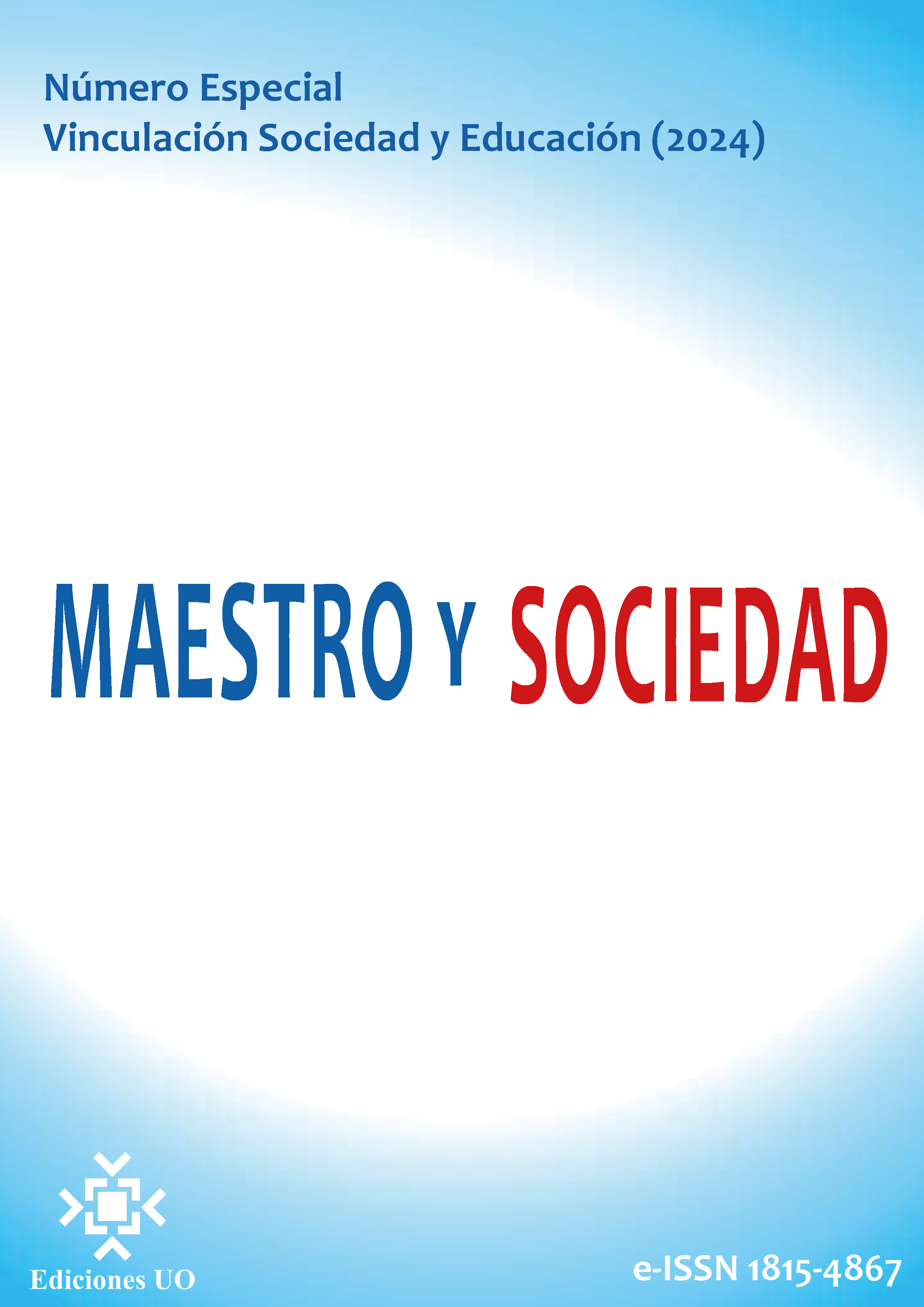The tourist cadastre and its importance for the elaboration of a patrimonial tourist guide in the Portoviejo city
Keywords:
tourist fort, tourist plant, tourist inventory, tourist servicesAbstract
Introduction: This presentation is the product of the results obtained after the execution of the second phase of the linking project “Tourist Guide to the historical architectural heritage of the city of Portoviejo for the development of local cultural tourism.” This phase was developed in order to establish an information base of the tourist services and facilities that the city has. Materials and methods: To achieve the work objective, two cadastral records were prepared, one for accommodation establishments and another for food and beverages thanks to the bibliographic and methodological review. Results: Based on data obtained from the platform of the Strategic Information System for the Country's Tourism (SEVEN) of the Ministry of Tourism, it was used as a basis to proceed with updating the cadastre. The results made it possible to identify around 203 tourist service establishments dispersed in the vicinity of the historical real estate owned by the city of Portoviejo, whose data will be used to prepare the heritage tourist guide. Discussion: The preparation of a tourist cadastre is important because it allows obtaining a record and a database on the elements that characterize the tourist plant of a territory. Conclusions: The city has service establishments for all types of consumers with medium and high purchasing power. On the other hand, this database that constitutes the registry of services has also made it possible to identify the local tourist actors with whom we will work in the future to develop a series of training sessions on raising awareness of the cultural heritage of real estate, as well as socialization. of the tourist guide, which constitutes the purpose of this linking project.
References
Boullón, R. (2016). Planificación del espacio Turístico. (4ta edición). Trillas. https://n9.cl/vqm43
Guamán Aucapiña, J. (2021). Levantamiento del catastro de establecimientos turísticos del Centro Histórico de la ciudad de Cuenca, Ecuador, 2021. [Tesis de Grado, Universidad de Cuenca]. https://n9.cl/harask
Ministerio de Turismo de Ecuador. (2018a). Catastro Turístico. https://n9.cl/ga3vq
Ministerio de Turismo de Ecuador. (2018b). Manual Metodología para Jerarquización de Atractivos y Generación de Espacios Turísticos Manual de Atractivos Turísticos.
Ramírez Fuentes, S. (2018). Actualización del catastro e inventario de atractivos turísticos del Cantón La Joya de los Sachas, 2017. [Tesis de Grado, Universidad Central del Ecuador]. https://n9.cl/84zij
Published
How to Cite
Issue
Section
License
Copyright (c) 2024 Juan César Villacreses Viteri , José Fernando Huerta Vera, Eddy Gregorio Mendoza Loor, Flor María Mera Cárdenas

This work is licensed under a Creative Commons Attribution-NonCommercial-NoDerivatives 4.0 International License.
This journal provides immediate open access to its content, based on the principle that offering the public free access to research helps a greater global exchange of knowledge. Each author is responsible for the content of each of their articles.



























 Universidad de Oriente
Universidad de Oriente 